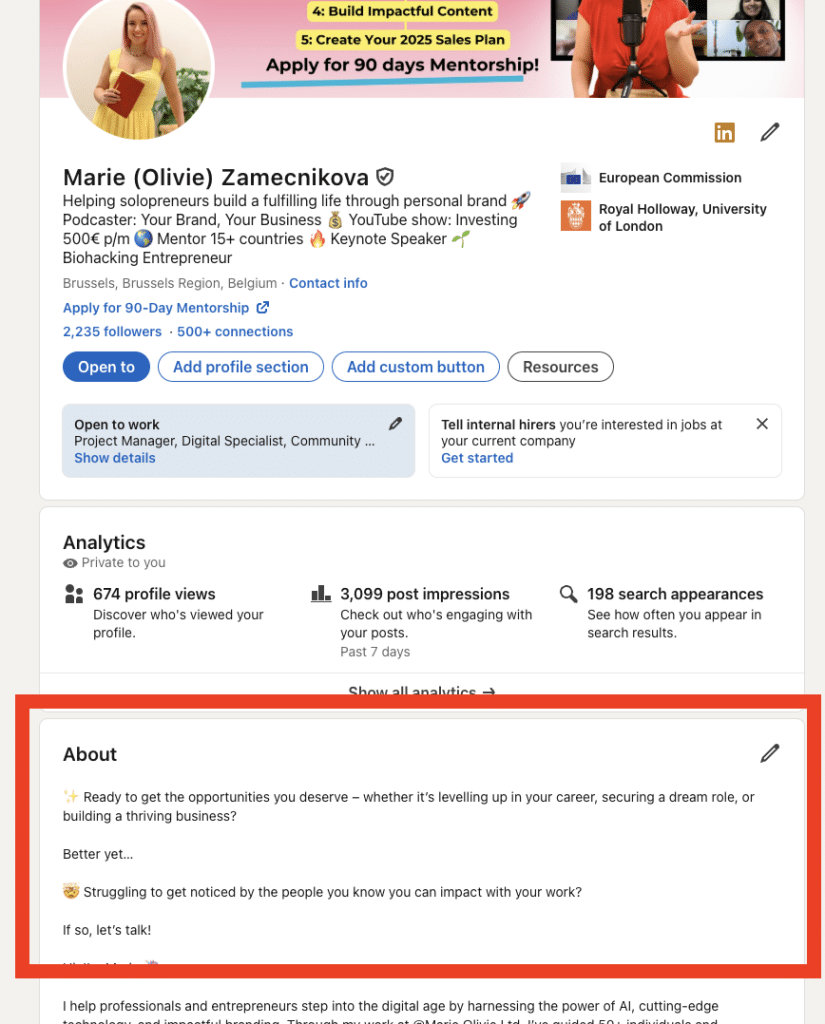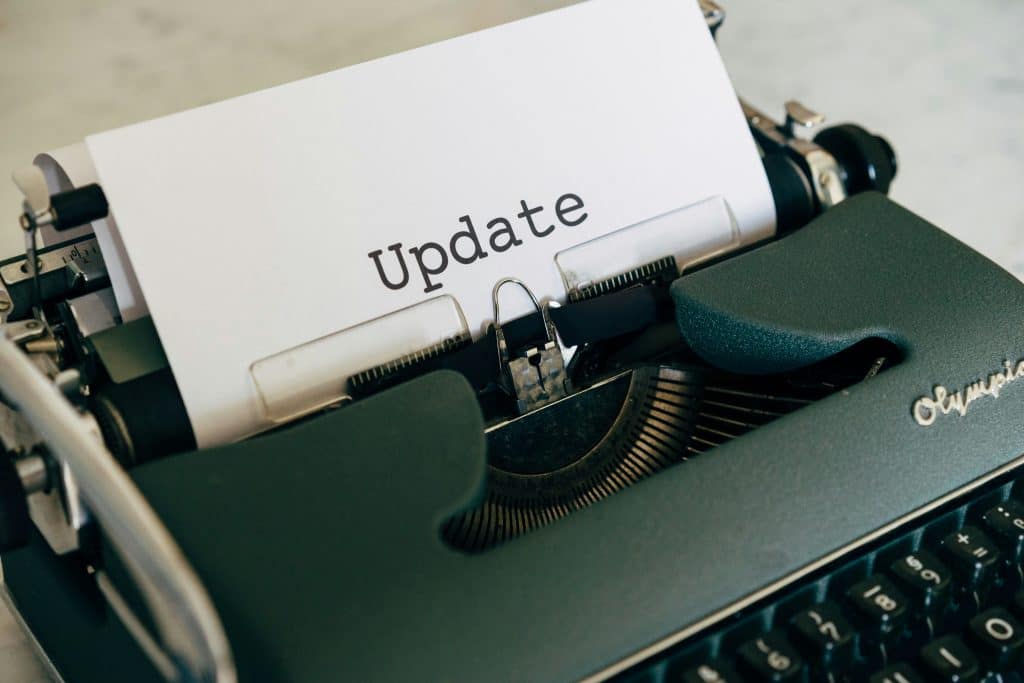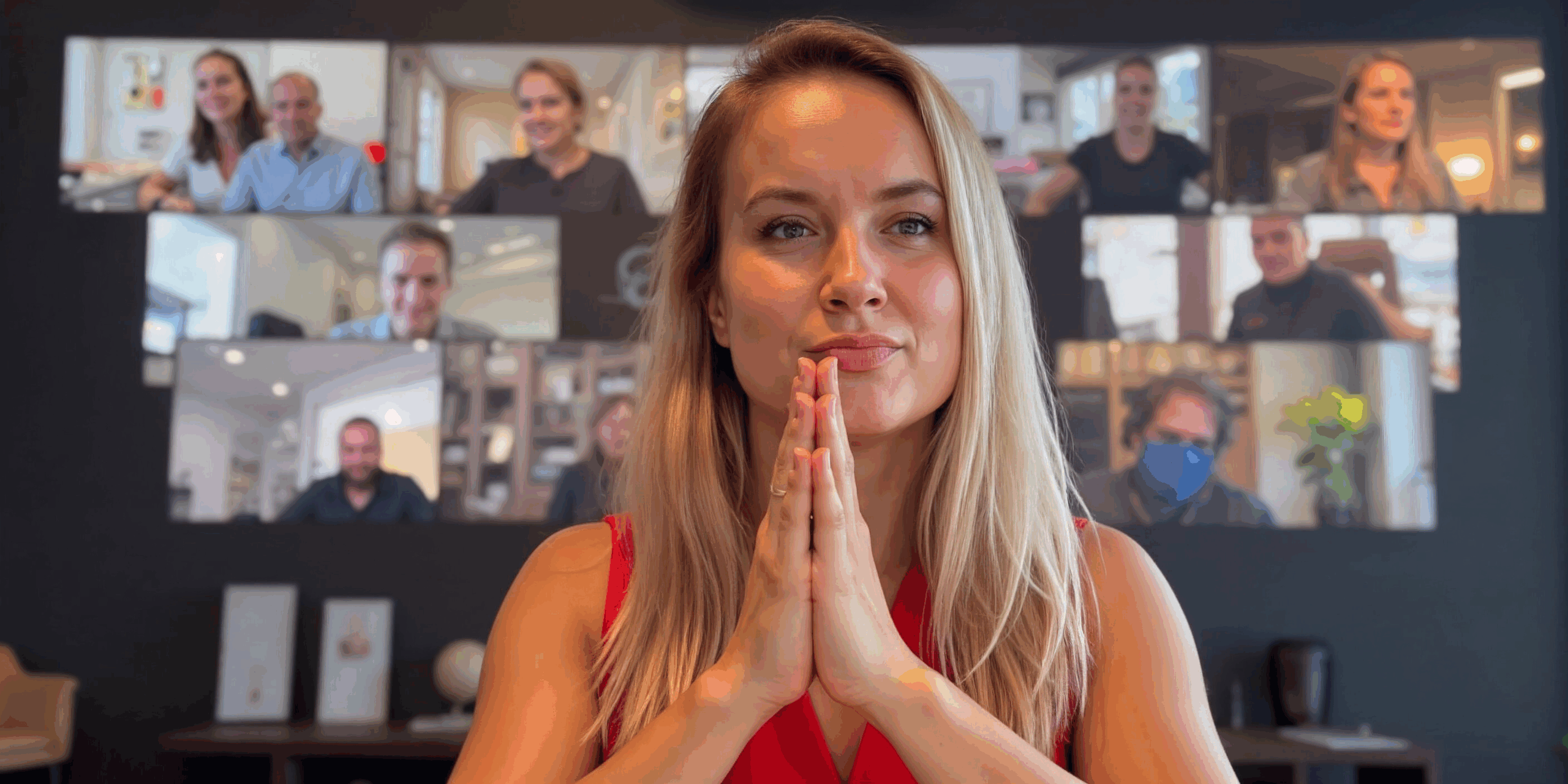The way you present yourself on LinkedIn can have a major impact on how others see you and who contacts you to get hired. That’s why the About section matters quite a bit. You want the About section to be impactful but also to the point. Sure, you can babble and talk a lot there, but ensuring it’s impactful and comprehensive is the most important aspect here.
Why does your LinkedIn about section matter?
The About section is all about showing who you are, your achievements, skills, and career path. There’s a limited amount of space you can use to describe yourself here, and you want to make the most out of it. At the end of the day, the primary focus has to be on making the story exciting, rewarding, and very interesting as well. And at the same time, it must be a good way to highlight your growth in the niche.

Making a strong first impression
Obviously, you want to ensure that whenever someone sees your LinkedIn profile, they have a good impression of you and what you’re doing. That’s why a strong About section can steer people in the right direction. It also shows you care about your personal branding and online presence, which is always a major plus.
How it improves your profile’s visibility
Yes, completing the About section has a positive impact on your visibility. And realistically, it’s one of the first things people see when they get onto your profile. You want to do it right and not use any random shortcut. It’s going to be well worth your time if you create an impactful page, so you want to give this the attention it deserves.
Tips to write a compelling LinkedIn About section
When you write a LinkedIn About section, the primary focus is to tell a story. A lot of people just rehash their resume, but that’s not ideal. Instead, you want to bring storytelling elements and show off your professional presence in a creative manner.
- The first 2 lines matter the most, so ensure you catch the attention while covering who you are, your job position, skills, and then you can talk about your experience.
- Add keywords, you write for other people to see, but also for algorithms as well. Adding keywords makes you easier to find, and that can be super important.
- Always ensure that your grammar and spelling are on point; the last thing you want to have is any type of mistake.
- Long paragraphs are not in fashion any more. Rather, leave a blank line between sentences, and highlight keywords if you can. Bullet points aerate the content, and they make it much easier to read.

Balancing professionalism with personality
When you write the LinkedIn About section, you want to show your personality. No one wants to read yet another cookie-cutter piece of content. Showing off who you are and adding a personal touch is what you want to focus on the most. Yes, you still need to maintain a high level of professionalism, so keep that in mind.
Showcasing your achievements and skills
The About section is a great spot for you to highlight what you can do, but also your achievements. You don’t want to showcase every skill/achievement, but adding the most relevant ones will always come in handy. After all, you want profile visitors to learn more about you without boring them with unnecessary details.
Mistakes to avoid in the About section
Just because you have lots of space to write, that doesn’t mean you need to add pretty much everything you can. Sometimes, less is more, and you need to focus on that rather than trying to make a huge summary section.
Overusing buzzwords or clichés
It’s a given: people are done with cliches and unnatural presentations. Using buzzwords won’t really do that much because everyone is doing the same. The best approach is to try and avoid any rush and instead bring a unique perspective. I recommend being genuine, natural and not focusing on complex words.
Failing to update it regularly
Regular updates matter; they show off your professionalism while also keeping people up to date with your career path. Obviously, you don’t have to update the LinkedIn summary section every week. But you should update it if you’re getting any promotion if you started a new business, and whenever something meaningful happens in your business life.

Conclusion
I hope these tips can give you a good idea of how to create an exceptional, powerful, and very impactful LinkedIn profile. In the end, the most important thing is to write down a personal, heartfelt presentation and not copy a template from the internet. Because, realistically, a lot of people do that. And it’s the reason why many LinkedIn About pages lack personality. Avoid that; show off your quirks and personal style while maintaining a high level of professionalism!

